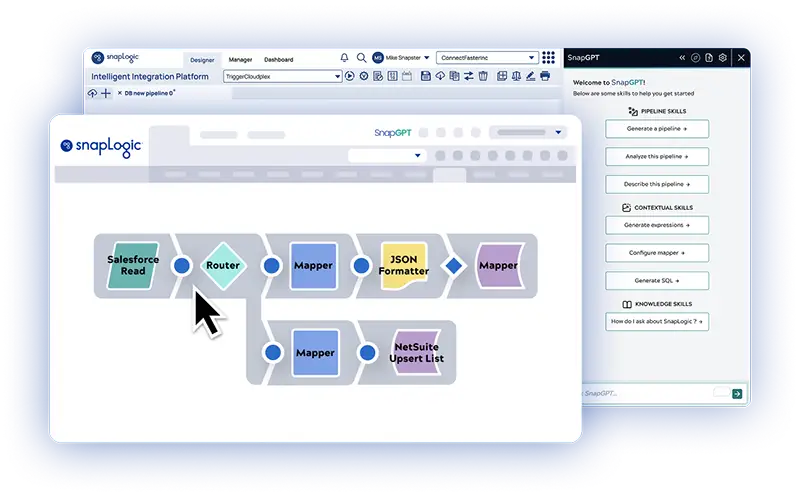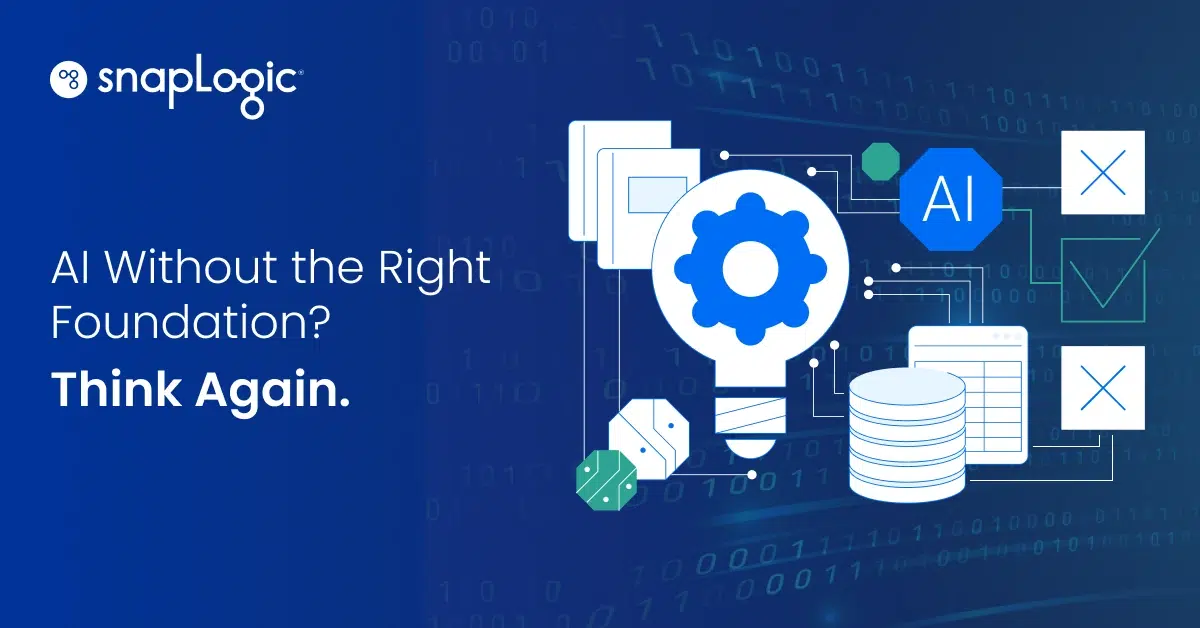Before data can be analyzed, it must first be ingested.
What is Data Ingestion?
Data ingestion is the process of importing data from one or more sources and moving it to a target location for storage or immediate use. It’s the critical first step in the data architecture pipeline and a prerequisite for any business analytics or data science project.
Each business has a unique combination of data sources. Common data sources include apps and platforms, data lakes, databases, IoT devices, spreadsheets, and CSV files, and public data can even be scraped from the web. Target destinations for the ingested data include data warehouses, data marts, databases, and document stores. If you’re planning on using or transforming the data immediately, your destination might also be a temporary staging area.
Understanding Data Ingestion Types
 The type of data ingestion you use depends on several factors, including the timing of your information processing and your storage method.
The type of data ingestion you use depends on several factors, including the timing of your information processing and your storage method.
Batch Processing
Batch processing is a common type of data ingestion where data ingestion tools process data in discrete batches at scheduled periodic time intervals. This processing can also be triggered by certain conditions like incoming requests or changes in a system’s state.
Batch processing is usually the best choice when you don’t need near-immediate data. For instance, if you’re tracking sales performance, you likely only need to pull batches of updated sales data once a day.
Real-Time Processing
ETL data ingestion tools ingest raw data, move it to a staging area, clean it, transform it, and then load it to the destination warehouse. The transformation step is unique to ETL and ELT (covered next) and aims to validate and standardize data so it’s useful, consistent, and compatible with business intelligence tools.
Common data transformations include validation, cleansing, deduplication, aggregation, filtering, summarization, and format revision.
ETL (Extract, Transform, Load)
ETL data ingestion tools ingest raw data and move it to a staging area, where it can be cleaned and transformed before it’s loaded to the destination warehouse.
This transformation step is unique to ETL and ELT (covered next). The goal of transformation is to validate and standardize data so it’s useful, consistent, and compatible with business intelligence tools.
Common data transformations include:
- Validation – Ensuring the data is accurate and uncorrupted
- Cleansing – Removing outdated, corrupted, and incomplete data
- Deduplication – Removing duplicate data
- Aggregation – Merging data from different sources together
- Filtering – Refining datasets by eliminating irrelevant or sensitive data
- Summarization – Performing calculations to create new data
- Format revision – Converting data types to a format that’s consistent and compatible with analytics software
ELT (Extract, Load, Transform)
ELT data ingestion tools extract and immediately load raw data to the destination warehouse. There, the data can be cleaned and transformed as needed.
ELT’s decades-old counterpart, ETL, was more of a necessity when businesses used on-premise data storage and in-house analytics systems. These on-premise solutions required expensive data servers and processing power for data storage. Since businesses didn’t want to pay to store useless data, they pruned and prepared the data as much as possible first.
Today, cloud data warehouses allow businesses of any size to access enterprise-grade storage and analytics for a fraction of the cost. Many analytics teams now route their raw data directly to the destination warehouse, removing “transformation” from the data ingestion pipeline and letting it happen later (ETL). This approach simplifies and fully automates the journey from source to destination, speeding up the ingestion process while eliminating human error.
Choosing the Right Data Ingestion Tools
Data ingestion tools automate the ingestion process, and many of them also offer ETL/ELT features. To find the tool(s) that fit your needs, consider the features of the data you want to ingest. These features include the format, frequency, size, security, interoperability, and user-friendliness of the data.
To find the tool(s) that fit your needs, consider the features of the data you want to ingest:
- Format – Is your data structured, semi-structured, or unstructured? If you’re working with unstructured data (especially video and audio files), a data ingestion tool with cloud storage and an ELT process is likely your best option. Look for tools that prioritize fast loading, too.
- Frequency – Do you need to process the data in real-time, or can you use batch processing? If you rely on real-time data processing, use tools built for that specific purpose. Batch processing is an easier task for software to handle.
- Size – How much data do you need to load? If you work with large or high-volume datasets, you’re likely using cloud storage and ELT. Look for tools that prioritize fast loading and ELT.
- Security – If you work with sensitive data, does the tool have the features you need to keep it secure and compliant?
- Interoperability – Is the tool compatible with all the sources you want to use?
- User-friendliness – Does the tool require you to write scripts and code? Low-code/no-code features are better for those without engineering resources, and they save a considerable amount of time.
Here are a few tools that can help with the data ingestion process:
SnapLogic
SnapLogic can integrate with hundreds of different applications and platforms, fetching data via batch processing and pushing it to the destination warehouse or user-defined app. This low-code/no-code platform lets you seamlessly build complex pipelines — including transformation and analytics — across different tools and platforms. SnapLogic supports both cloud-based and on-premise databases and applications, including all major file formats (XML, JSON) and transfer protocols.
Apache Kafka
Apache Kafka is an open-source data ingestion framework that captures real-time streaming analytics, powering high-performance data pipelines. The platform is known for its high throughput and latencies that are as low as 2ms. If you need to process data in real time, Apache Kafka is one of the best options available.
Wavefront
Wavefront is a cloud-hosted Laboratory Information Management System (LIMS) with streaming analytics to capture test data, monitor real-time laboratory metrics, and manage orders and samples. The platform can scale to very high query loads, making it a great fit for industrial laboratory-based use cases, including aerospace and defense, materials manufacturing, and foundry operations.
Let SnapLogic Handle Your Data Ingestion Process
Data ingestion is a critical first step in any data analytics project. If any part of the ingestion process goes wrong, your data may be inconsistent — making it difficult, if not impossible, to form smart predictions and insights.
Fortunately, with SnapLogic, you can securely and reliably ingest data from any source and deliver it to your chosen destination. And thanks to SnapLogic’s low-code/no-code connectors, it has never been easier for organizations of every size to build fully customizable, enterprise-grade data pipelines.
Ready to get started? Book a demo today.












